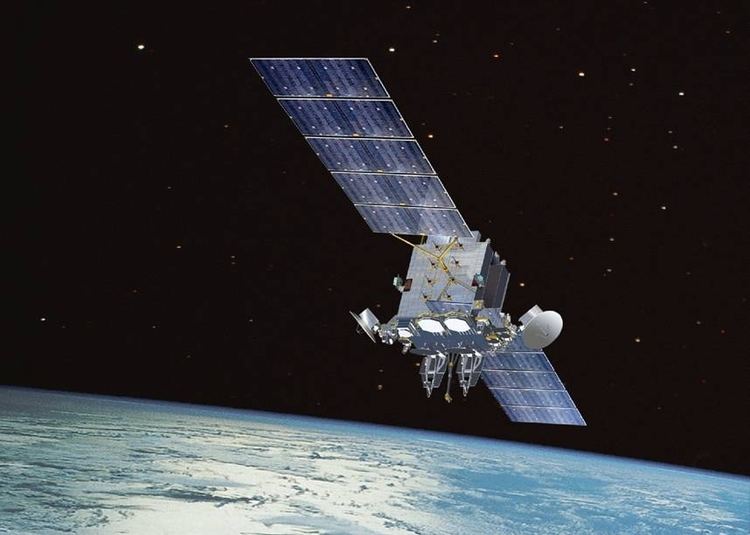Operator US Air Force SATCAT no. 36868 Bus A2100M Inclination 2.83° Launch mass 6,168 kg Launch date 14 August 2010 | COSPAR ID 2010-039A Mission duration 14 years Inclination 2.83° Period 24 hours Launch mass 6,168 kg | |
 | ||
Similar Alsat‑2A, Radio Aurora Explorer, O/OREOS, Kosmos 2459, Kosmos 2469 | ||
USA-214, known before launch as Advanced Extremely High Frequency 1 or AEHF SV-1, is a military communications satellite operated by the United States Air Force. It is the first of four spacecraft to be launched as part of the Advanced Extremely High Frequency program, which will replace the earlier Milstar system.
The USA-214 spacecraft was constructed by Lockheed Martin, and is based on the A2100 satellite bus. The spacecraft has a mass of 6,168 kilograms (13,598 lb) and a design life of 14 years. It will be used to provide super high frequency and extremely high frequency communications for the armed forces of the United States, as well as those of the United Kingdom, the Netherlands, and Canada.
Launch and orbital insertion
USA-214 was launched by United Launch Alliance, using an Atlas V 531 carrier rocket flying from Space Launch Complex 41 at the Cape Canaveral Air Force Station. The launch occurred at 11:07 UTC on 14 August 2010, and resulted in the spacecraft being deployed successfully into a geosynchronous transfer orbit with a perigee of 221 kilometres (137 mi), an apogee of 50,179 kilometres (31,180 mi), and 22.2° degrees inclination.
The spacecraft was intended to manoeuvre from the transfer orbit into which it was launched to its operational geosynchronous orbit by means of a Liquid Apogee Engine (LAE) and several Hall effect thrusters, a process which normally takes 105 days. However, the satellite's Liquid Apogee Engine malfunctioned shortly after ignition on both its first burn on 15 August 2010 and a second attempt on 17 August, and it was declared inoperable.
To solve the problem, the perigee altitude was raised to 4700 km (2900 miles) using twelve firings of the smaller Reaction Engine Assembly thrusters, originally intended for attitude control during LAE maneuvers. From this altitude, the solar arrays were deployed and the orbit was raised toward the operational orbit over the course of nine months using the 0.27 Newton Hall thrusters, a form of electric propulsion which is highly efficient, but produces very low thrust.
